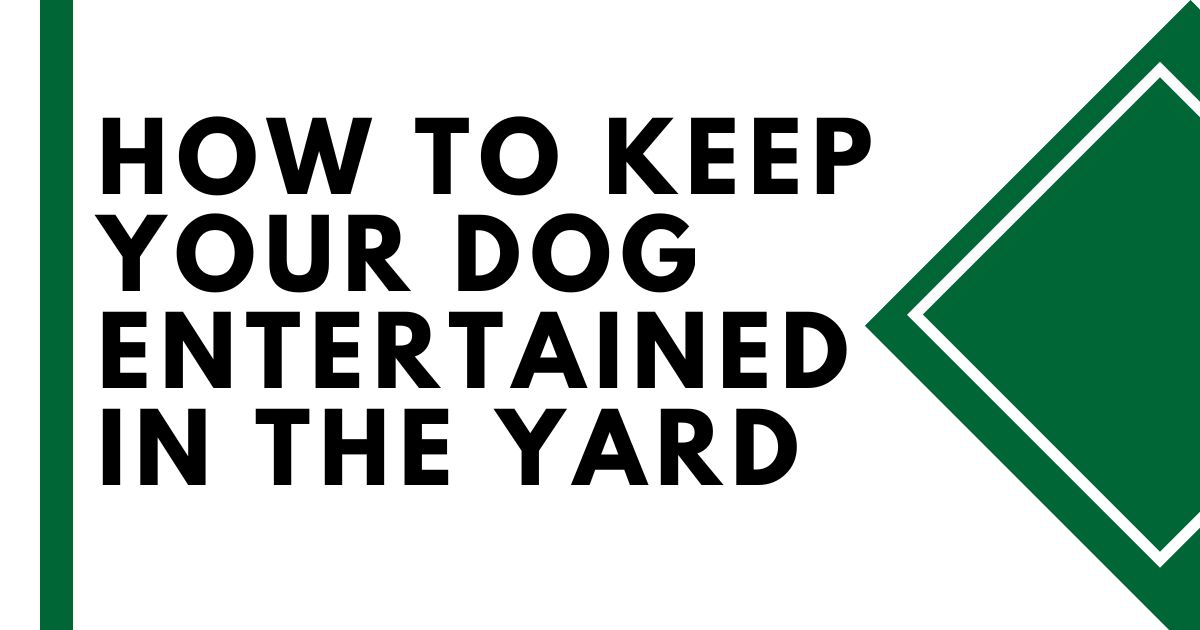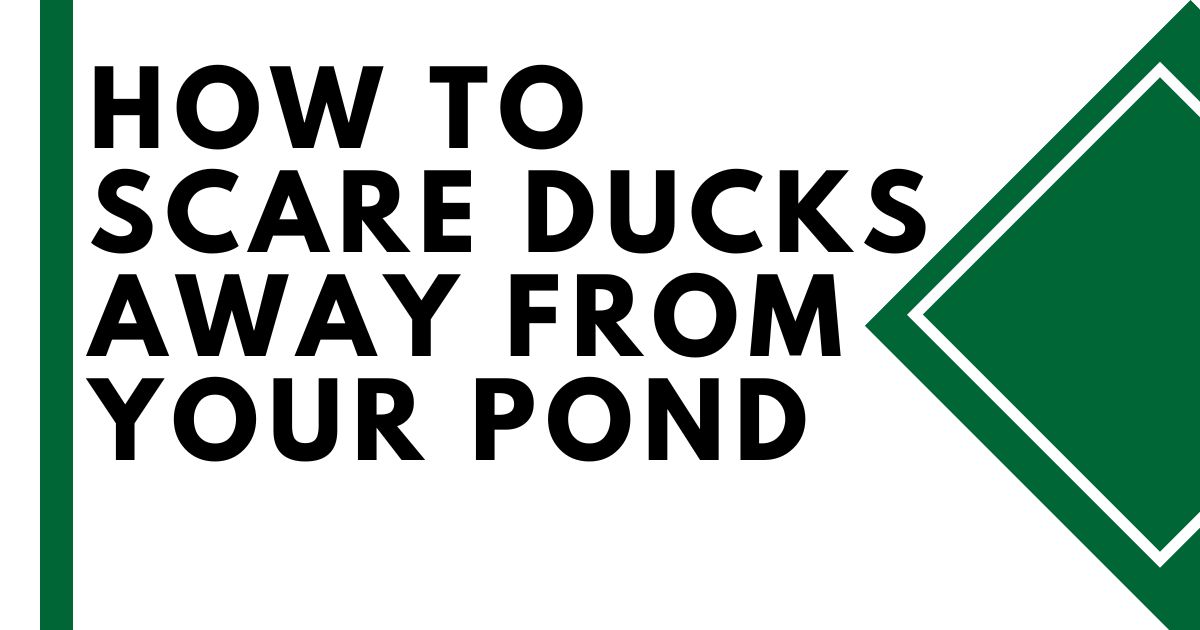For some homeowners, having a beautiful house means having a green lawn that’s absolutely perfect. It can be incredibly frustrating to put time and effort into maintaining a gorgeous lawn, only to see disappointing results.
Why won’t grass grow in my yard? Surprisingly, this is a common issue for homeowners across the country. And it can be to put in time and effort into maintaining a lush, green lawn, only to see disappointing results.
Why Won’t Grass Grow in My Yard
Poor drainage
If your lawn is on a slope, it can be difficult to keep it watered and healthy. The water pools on the lowest point of your yard, and the rest of the grass struggles to get enough water. In addition, if there are holes or cracks in your yard, water will drain away too quickly.
Lack of nutrients
When your grass doesn’t have enough nutrients, it won’t grow as well and will be more susceptible to disease. If you have an older lawn that hasn’t been fertilized in years, it will take time for it to start growing again.
You may also need to add some fertilizer or soil amendments before you begin seeding or sodding new grass into the old area so that you don’t waste time with poor results.
Lack of Water
If your lawn is thirsty, it will let you know! Symptoms of drought include browning and dying areas of grass, along with shallow or no root growth.
You can test your soil by sticking a screwdriver into the ground and seeing how easily it penetrates. If it goes in easily, your soil is too dry; if you have to push hard to get it to penetrate, then your soil is too wet.
The best time to water is early morning or late evening so that the water has time to soak in before nightfall. Also, try watering deeply rather than watering frequently, this will help prevent runoff and keep more moisture in the soil for longer periods of time.
There’s a Lack of Light
If there are trees or shrubs blocking sunlight from reaching your grass, this can cause problems with growth and coloration. Remove any obstacles blocking sunlight from reaching the ground and see if this helps improve things.
Soil pH imbalance
If your soil is too acidic or alkaline, it can prevent grass from growing. Check with your local Extension Service office for information on how to adjust your pH level.
Your soil is too dry
If the soil is too dry, the grass won’t grow. Water deeply and less frequently to encourage deep roots and establish a healthy root system.
Avoid over-watering, which leads to shallow roots that don’t hold onto water well in hot weather. This also encourages weeds and disease problems in your lawn.
Temperature extremes
Temperatures above 100 degrees F (38 C) or below 32 F (0 C) will prevent grass from growing well and even kill it if the temperature remains below freezing for more than one week at a time during the winter months.
If you can move your plants indoors before temperatures drop too low, that would be best for their health.
Otherwise, check with local garden centers about protecting plants with row covers or other materials that allow airflow but keep the frost out of the ground until spring arrives again.
Using wrong fertilizers
Most people are not aware that there are different types of lawn-fertilizing programs. The one you choose should depend on your lawn’s needs and your budget.
For example, if your lawn is suffering from drought stress, you should use a slow-release nitrogen fertilizer to help it recover.
If you’re trying to establish new grass on an existing lawn, you’ll need to apply more nitrogen than potassium or phosphorus because the new grass will be growing faster than the existing lawn.
Drought conditions
If the soil around your home is dry and hard, it may not be able to absorb water quickly enough for the grass roots to grow down into it. This problem is especially common in areas where water restrictions are in place year-round (for example, Arizona).
In these cases, you should irrigate your lawn frequently so that moisture reaches below the surface of the soil where roots can access it more easily.
You’re too impatient
If you want your grass to grow fast, you need to be patient. Grass will not grow overnight, and if you try to hurry it along, you might end up with patchy patches of grass or dead spots.
If you want healthy grass, don’t be tempted to cut your lawn too short, mow when it’s dry, and don’t water the lawn after dark.
Pests and Diseases
There are many pests that can cause problems for your lawn, including slugs, snails, and aphids. These pests can eat holes in the leaves of your plants or spread diseases that cause them to turn yellow or brown.
It is important to keep an eye out for these pests so that they can be treated early on before they cause too much damage.
If there are any signs of pests on your lawns, contact a pest control company immediately for advice on how best to deal with them before they do any more damage than necessary.
Improper mowing
If you mow too short, you can damage the roots of your grass by cutting them off completely.
This will make it hard for new growth to come back out of those damaged areas in time for spring green-up because there aren’t enough roots left behind to support new growth.
How can I speed up the growth of grass?
The grass is a living thing and needs to be treated like one. If you want to speed up the growth of grass, you need to provide it with everything that it needs to grow.
Watering your lawn
This is the most basic way to help it grow, and a good rule of thumb for watering lawns is 1 inch of water per week. You can check by placing a rain gauge in your lawn and recording how much rain falls in a given week. Then add 1 inch of water from the hose or sprinkler system if necessary.
Feeding your lawn
This will also help it grow faster by giving it nutrients that are lacking in the soil or water source. This can be done by adding composted manure or commercial fertilizer (fertilizer) with nitrogen, phosphate, and potassium; just follow the directions on the package for best results.
Mow your lawn regularly.
Mowing your lawn will help to keep it healthy and green. As long as you don’t cut too much off at once, mowing will encourage new growth and help the roots take hold more easily.
The rule of thumb is to mow once a week when the temperature is above 55 degrees F and twice a week when it’s below 55 degrees F. If you have thick or tall grass, consider hiring someone to do this for you, especially if it’s a large yard.


